Bolting vegetables is a common problem that many gardeners face.
In general, the plants most susceptible to bolting are cool-season crops being grown in warmer weather, specifically broccoli bolting.
Bolting happens easily with spinach, many of the Asian crops like bok choi, radishes, certain lettuce varieties, arugula, and many mustards with warming or hot spring temperatures.
In the spring the days are warming and getting longer, in the fall shorter and cooler, most cool-season crops do better for fall. But you still need to adequately plan your fall garden.
Certain plants are more prone to plant bolting than others.
What is Plant Bolting?
Bolting is when cool-season plants start to taste bitter and try to flower and start to seed. This happens because of plant stress from either heat waves or frosts, which signals the plant to reproduce before the end of its life cycle.

What Does a Plant Bolting Mean?
Bolting is fine and expected once the summer heatwaves set in for cool-season crops. Spinach, arugula, mescluns, lettuce, radishes, and many others will all eventually bolt, but you often have decent harvests until that happens.
Bolting is bad when you need a full crown of broccoli or cauliflower, but the heat stunts them.
Another example is if you didn’t get any spinach leaves or bok choi before they bolted. I’ve found some crops like Chinese cabbage, broccoli plants, daikon radishes or bok choi to be almost impossible to grow in the springtime before they bolt because the days get hotter.
If this is the case for your location consider growing them during your fall and winter gardening instead of spring.
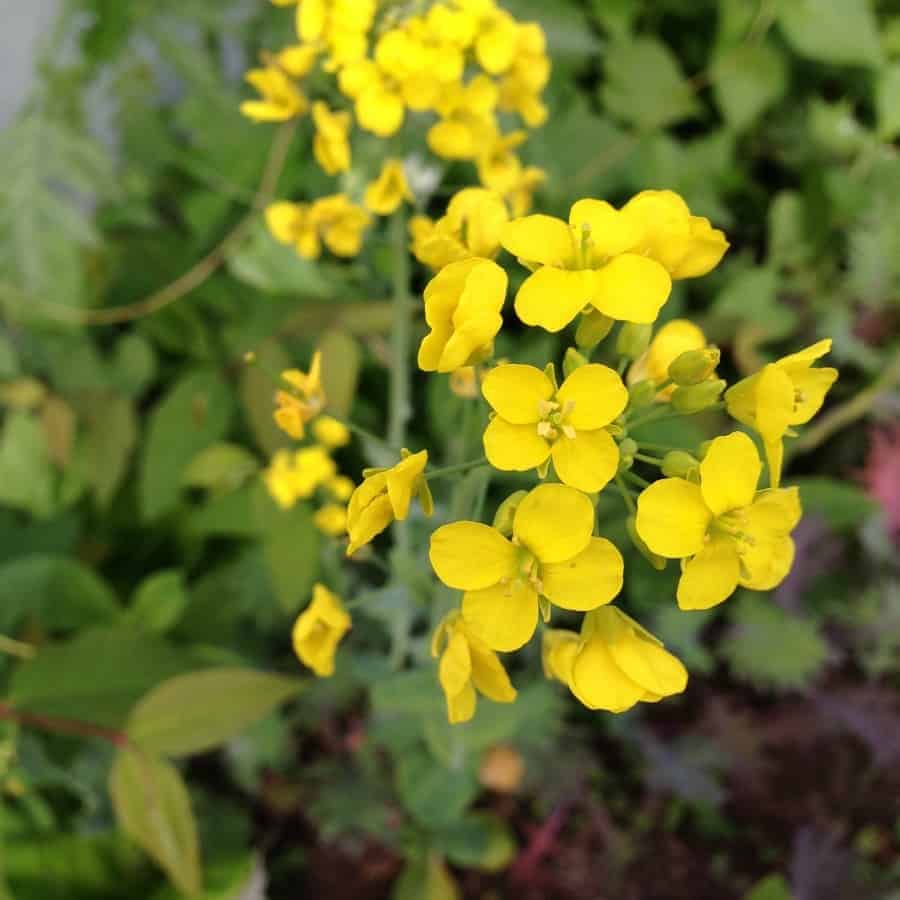
I always leave some bolted veggies for the bees as they are great pollinators for your garden.
You can also collect the seeds from bolted plants so long as you’re paying attention to how many plants you have for genetic diversity and you’ve looked into cross-pollination between or within plant families.
Plant Bolting Problems
In general, a bolting plant will start to create thinner looking leaves if they’re a leafy crop. Most of the leafy greens will start to taste bitter and a central stalk will start growing very tall and that’s where the flowers and seed heads will be.
Some crops you can leave to self-sow, I often do this with arugula or mache. Others will cross-pollinate too easily and won’t result in the same crop.
A bolting cabbage head will start to split open from the center as that is where the flower emerges from. Bolting cauliflower and broccoli will be visible on the head, a cauliflower will not have a tight head, it will start to spread out.
Broccoli is the head of tiny flowers before they open when your broccoli is bolting the head is often stunted and tiny, or large and the flowers will start to open.
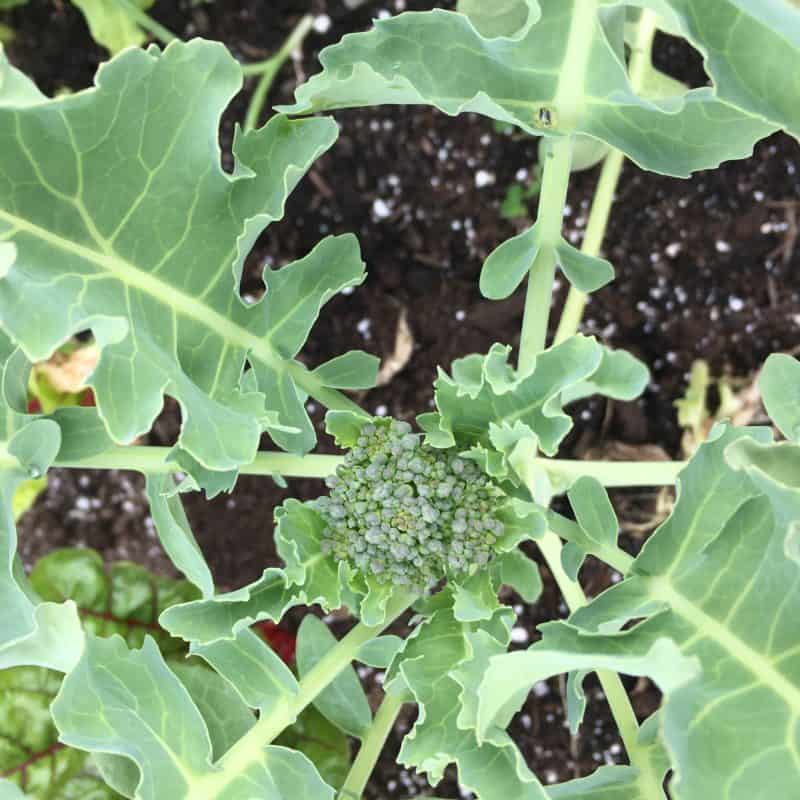
How to Prevent Plants from Bolting
- Grow Bolt-Resistant Varieties: When selecting seeds to look for ‘bolt resistant varieties’ meaning these veggies can handle plant stress better. I’m personally an heirloom lover but I’ve learned to that growing hybrids for bolt-resistance. Crops like bok choi, spinach, broccoli and Chinese cabbage for example.
- Create Shade: Creating shade for cool-season crops before the summer heat sets in is a great way to offer your veggies less direct sunshine. Growing spinach for example under a row of trellised peas or under a teepee of beans are some examples. Many taller vegetables can offer your cool-season crops much-needed shade and with smart garden planning.
- Lightweight Row Cover: Shade cloth can help block some of the direct sunlight from reaching your cool-season crops.
- Practice Succession Sowing: Don’t sow your vegetables all at once, sow new seeds every week or two, so you can increase your harvests regardless of the weather fluctuations. I use succession sowing with cool-season crops every week for 6 weeks in the spring and fall. Vegetables that are younger are less likely to bolt than older ones which are why this method works so well.
- Use Season Extenders: to add a couple of weeks to your spring gardening. This provides a longer window to allow the spring greens to grow a good size before the heatwave. Learn more about using hoop tunnels in your garden.
- Varieties: Grow a mix of cool-season and bolt-resistant varieties so you have options and variety for changing weather patterns (spring can be unpredictable, some years it’s cool, other years it’s too hot!).
- Soil Health: Make sure your soil nutrients are plentiful and have been restored so that your spring veggies can grow fast before the heat. Improve the health of your soil with soil microbes or some easy composting methods.
Bolting Plants Examples
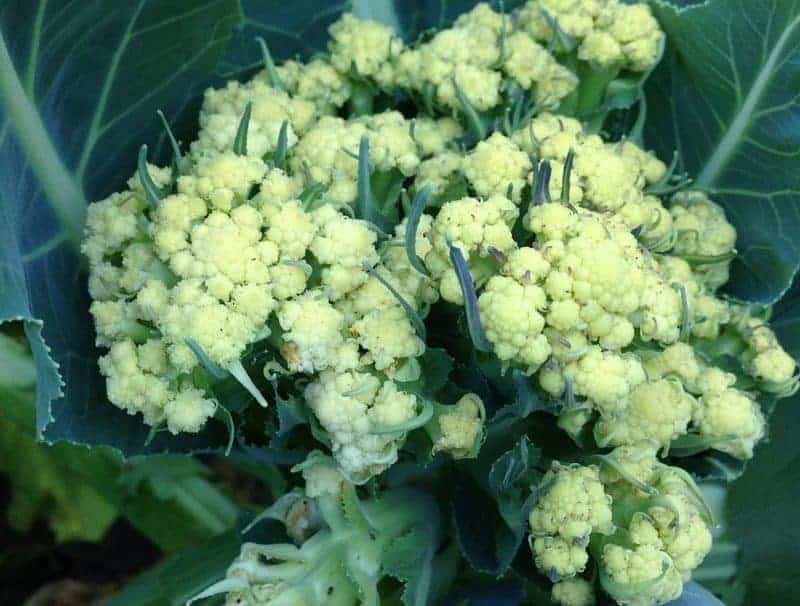
Cauliflower Bolting
Broccoli Bolting
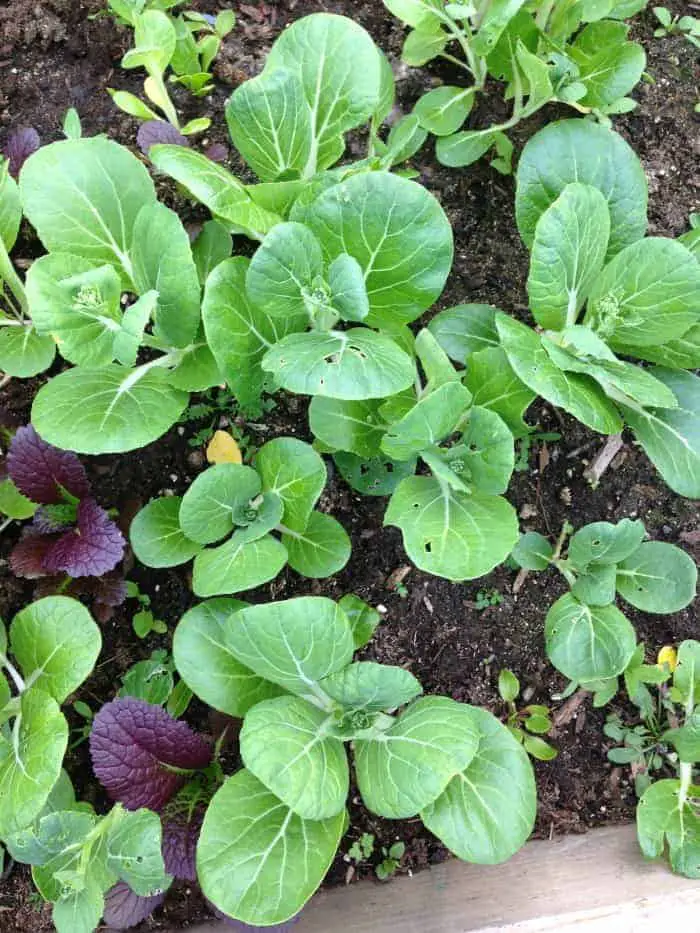
Flowering Bok Choi
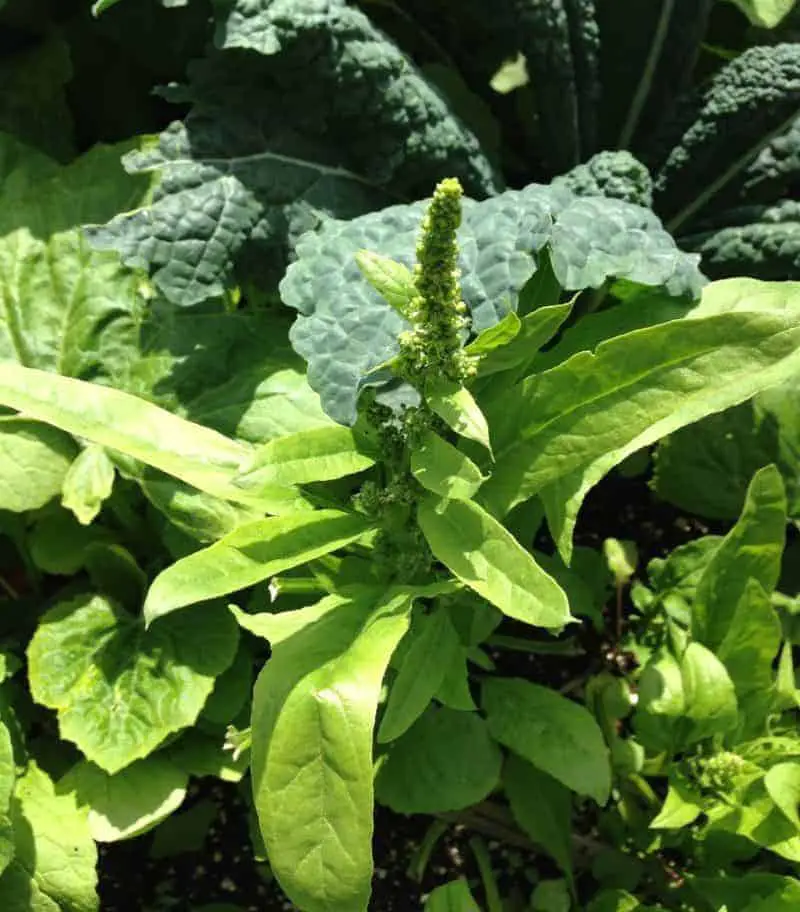
Spinach Bolting
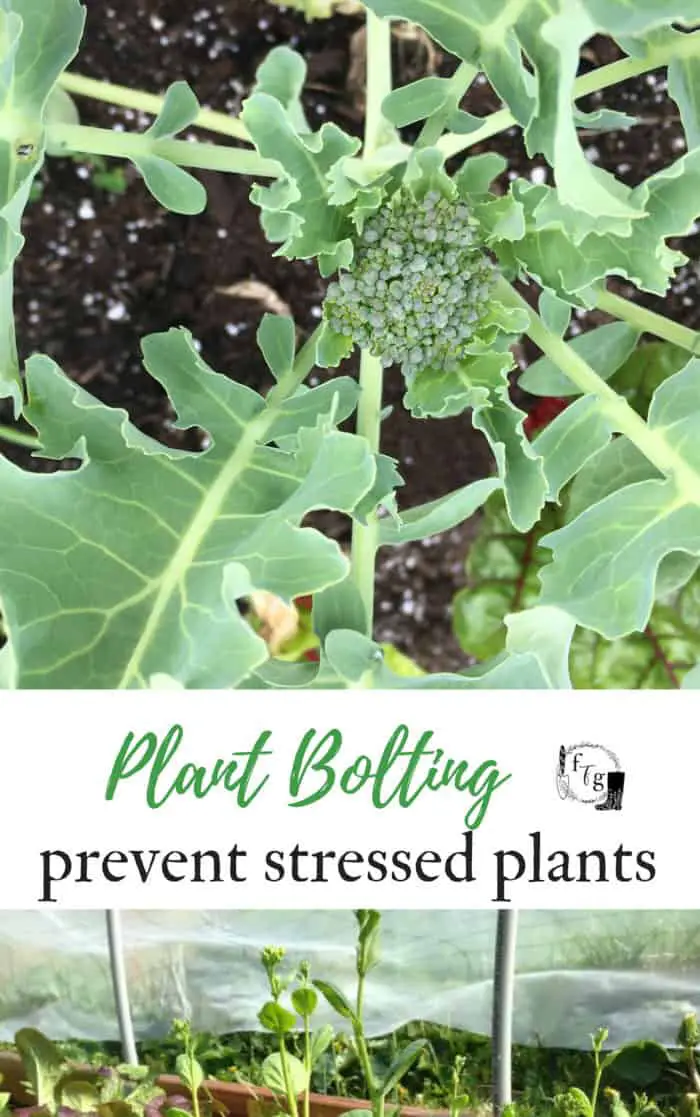
Broccoli bolting and other types of vegetable bolting is a common problem for home gardeners. With these tips and along with some patience and perseverance, you should expect a good crop this year.

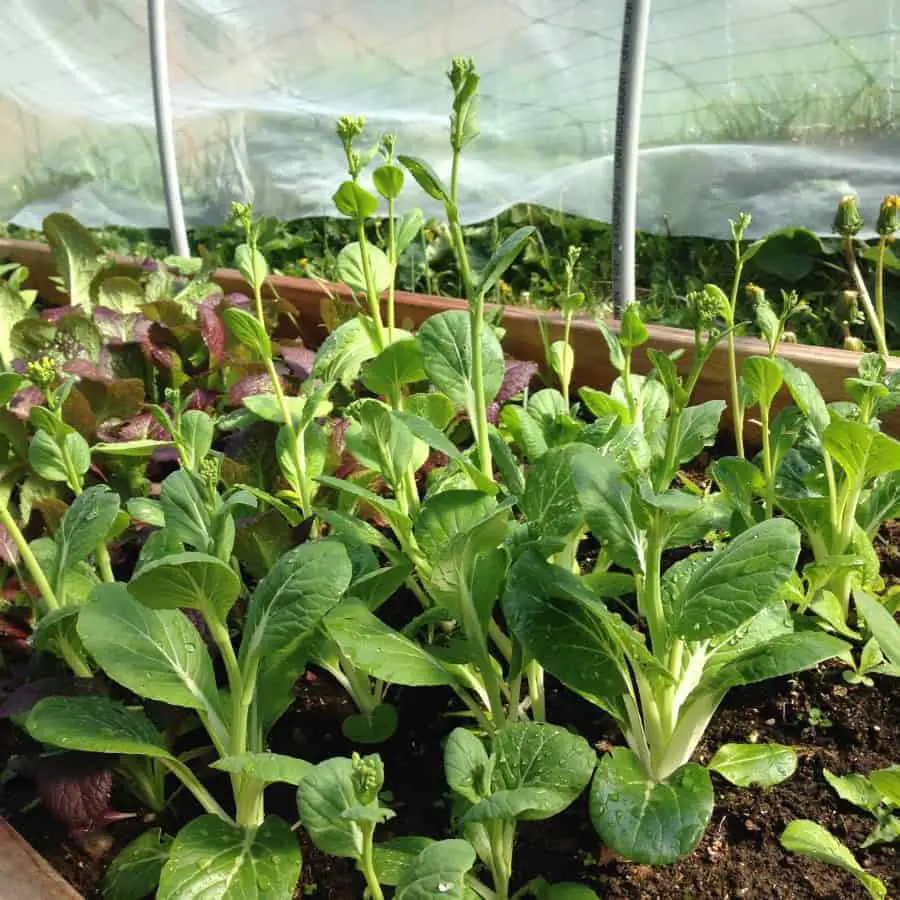
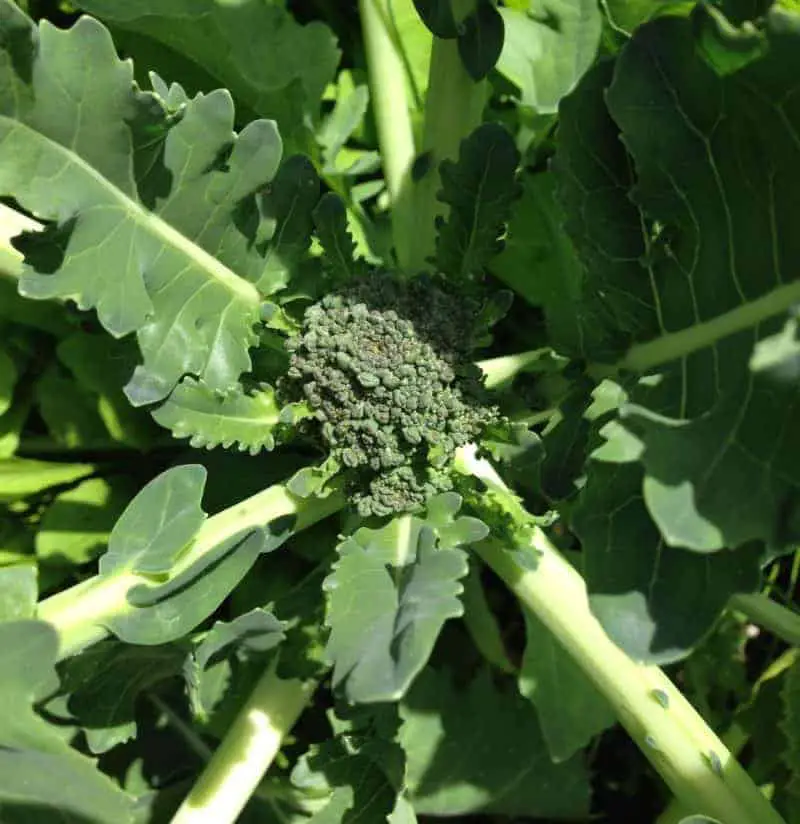
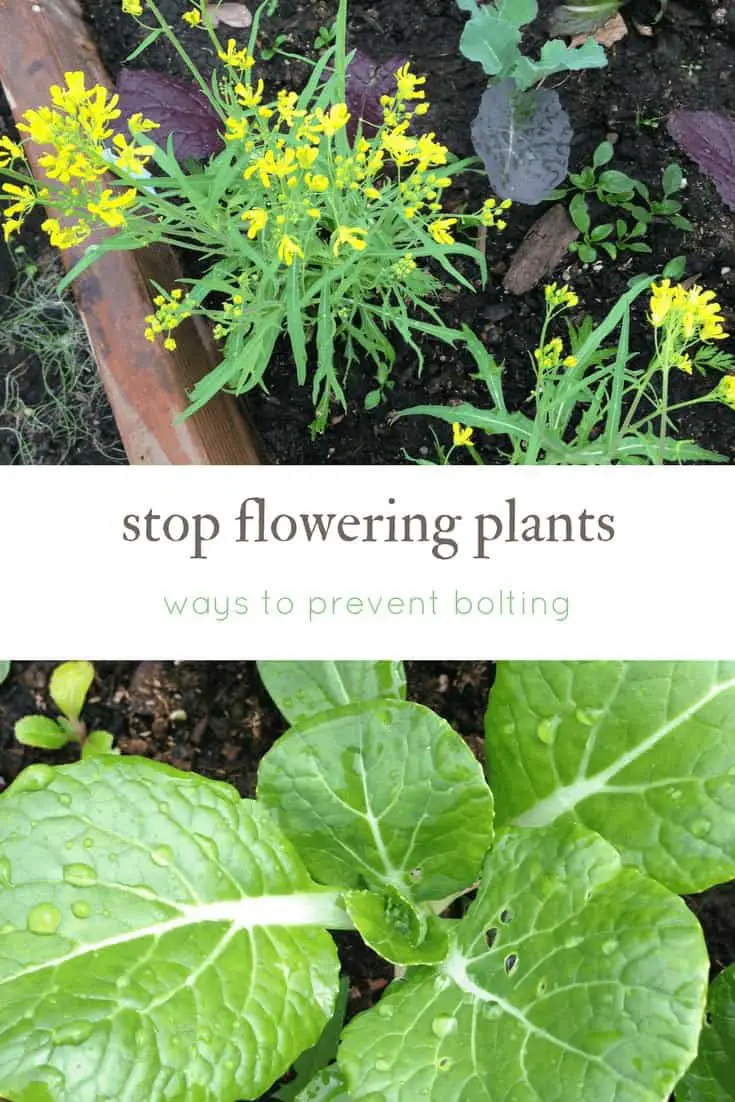
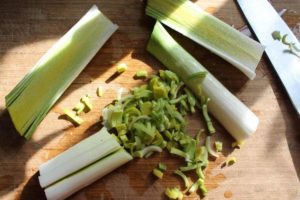

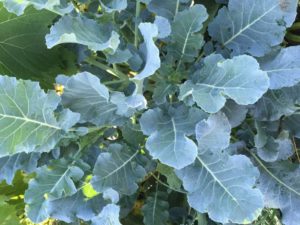
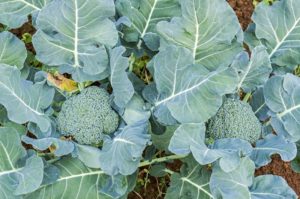
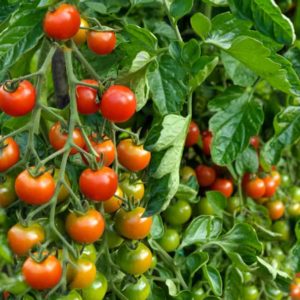
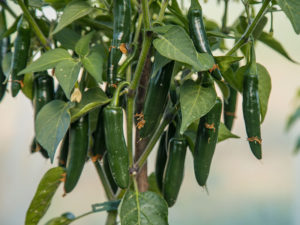

Great ideas. I’m so glad you mentioned letting some bolt for the bees. It is amazing how much they love the bolting spring veggies! I’d never done that till a couple of years ago when I had a bigger garden space and had the luxury to do it. It was such a discovery to see the bug life all over the flowers and also just to see how beautiful a cabbage is when it bolts or onions, etc. I think it’s so worth it to plant a few extras just to let them bolt for the beneficial insects. It really pays off in the long run.
Thank you for so much GREAT information!!!! I’m learning and this helps tremendously!
Given your climate, if you are having trouble with broccoli (and similar crops) bolting, the problem is more likely cold than heat. While they are frost hardy and don’t typically die if you plant them out to early, exposure to hard frosts will make them head up prematurely, resulting in small heads and reduced yield.
For sure! I’ve noticed bolting greens years ago when I’d plant out too early as they ‘think’ they’ve gone through winter. I’ve tried transplanting broccoli when had no frosts afterwards. It goes from 10C to 30C in a week here in the west Kootenays during the month of May, often causing bolting by June. I’m going to try boosting with fish fertilizer this year, apparently they need more boosting than the other brassicas. I’ve had success with cauliflower, broccoli is my challenge. I’m still determined. I’ve trying some hybrids this year, fingers crossed!
Great info thanks buddy! Will surely utilize your research resources.
I loved the topic you wrote on. It was an amazing ride of some great work.
You rock with your writing!! Spectacular one for sure.